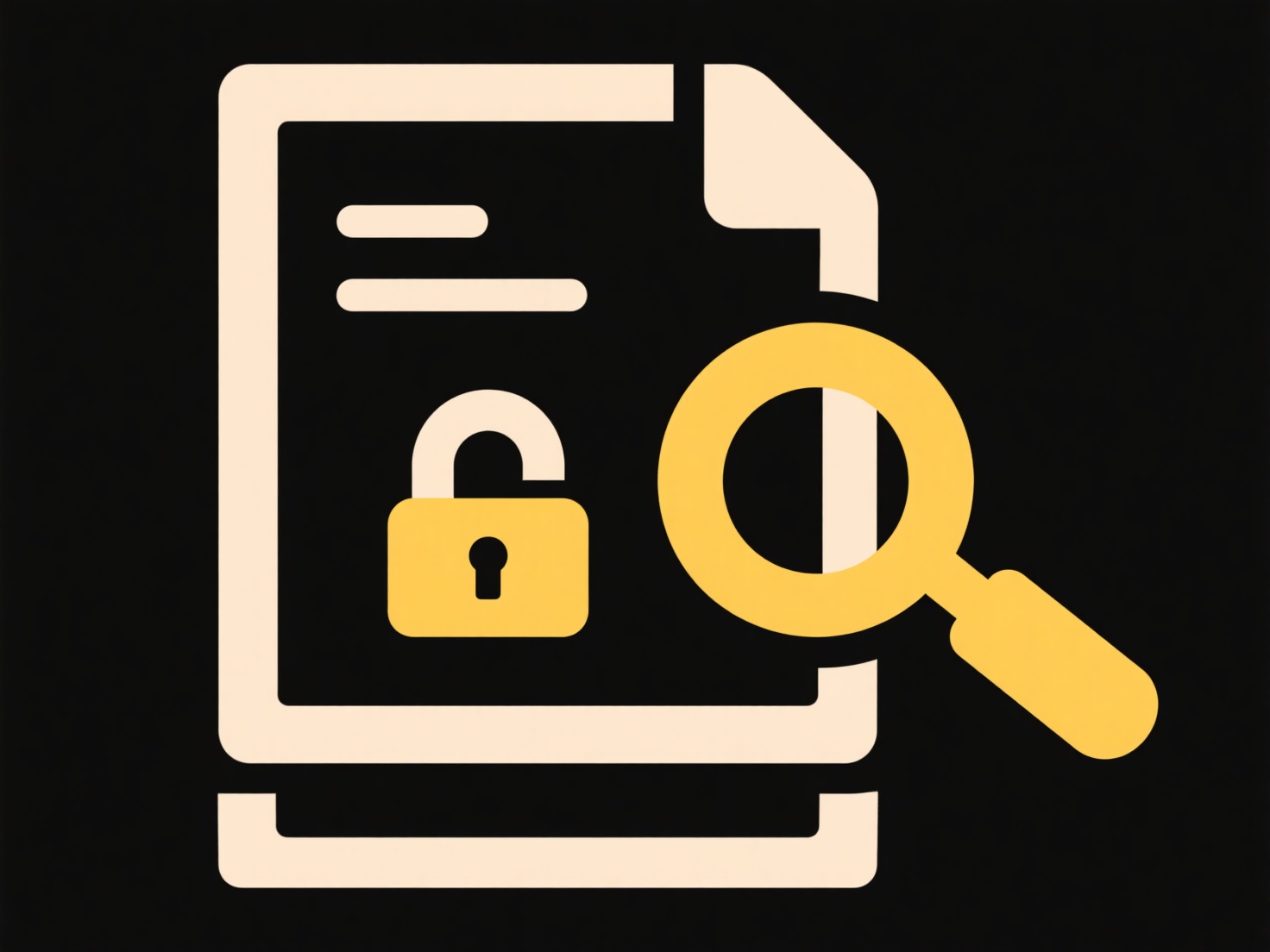
Unnecessary duplicates occur when backup systems store multiple identical copies of data without added protection benefit. This typically happens due to configurations prioritizing simplicity over efficiency. For instance, a system performing frequent "full" backups saves entire datasets repeatedly instead of just tracking new changes ("incremental" backups). Failed deduplication technology, which identifies identical blocks to store only once, also causes duplication. Additionally, overlapping backups from different applications protecting the same files contribute significantly.
In practice, an IT administrator might schedule nightly full backups of a server, copying the entire 1TB drive daily even if only 1GB changes, rapidly consuming storage. Alternatively, separate backup jobs for a database server and a file server could both capture the same log files stored on shared drives. Industries like finance and healthcare, reliant on tools like Veeam, Commvault, or Azure Backup, often face this when policies aren't optimized or deduplication isn't enabled.

While simple configuration reduces the risk of missing critical backups, the resulting duplicates waste substantial storage space and network bandwidth, increasing costs and backup/recovery times. Ethically, this inefficient resource consumption conflicts with sustainable IT practices. Future solutions lie in improved deduplication algorithms and broader adoption of incremental-forever strategies, balancing safety and efficiency through better policy management and automation.
Why are backup systems creating unnecessary duplicates?
Unnecessary duplicates occur when backup systems store multiple identical copies of data without added protection benefit. This typically happens due to configurations prioritizing simplicity over efficiency. For instance, a system performing frequent "full" backups saves entire datasets repeatedly instead of just tracking new changes ("incremental" backups). Failed deduplication technology, which identifies identical blocks to store only once, also causes duplication. Additionally, overlapping backups from different applications protecting the same files contribute significantly.
In practice, an IT administrator might schedule nightly full backups of a server, copying the entire 1TB drive daily even if only 1GB changes, rapidly consuming storage. Alternatively, separate backup jobs for a database server and a file server could both capture the same log files stored on shared drives. Industries like finance and healthcare, reliant on tools like Veeam, Commvault, or Azure Backup, often face this when policies aren't optimized or deduplication isn't enabled.

While simple configuration reduces the risk of missing critical backups, the resulting duplicates waste substantial storage space and network bandwidth, increasing costs and backup/recovery times. Ethically, this inefficient resource consumption conflicts with sustainable IT practices. Future solutions lie in improved deduplication algorithms and broader adoption of incremental-forever strategies, balancing safety and efficiency through better policy management and automation.
Quick Article Links
What’s the difference between renaming and saving as a new file?
Renaming a file changes its name while keeping it as the same single file in the same location. Saving as a new file cre...
How do file permissions work with version control systems like Git?
File permissions, which control who can read, write, or execute a file, operate at the operating system level and are no...
Can file names have accented or non-English characters?
Yes, modern operating systems (like Windows, macOS, Linux) and widely used file systems (NTFS, APFS, ext4) generally sup...